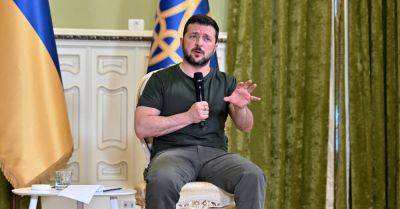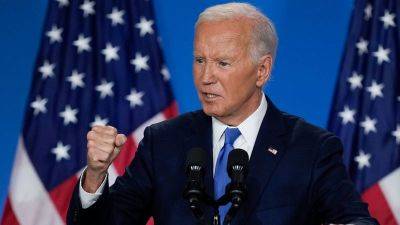NATO’s Pledges to Ukraine Fall Short for a Counteroffensive This Year
Despite billions of dollars in additional weapons and security assistance that NATO announced this week, allied officials said Ukraine would not be ready to launch a dramatic counteroffensive or retake large swaths of territory from Russia until next year.
Donations of missiles, combat vehicles, ammunition and air defenses from the United States and European countries will take weeks, if not months, to reach the front lines.
Some of the newly committed weapons have not yet been bought or built.
Secretary of State Antony J. Blinken said long-anticipated F-16s fighter jets would be delivered to Ukraine this summer. But even then, they might be used mostly defensively, as allies debated on the sidelines of the NATO summit in Washington whether the warplanes could fly into Russian airspace to attack.
“On many occasions, you could see that we can decide, but unfortunately we cannot deliver efficiently,” President Gitanas Nauseda of Lithuania said in a brief interview on Wednesday. “This is a huge disappointment for me personally, because Ukrainians are expecting that those goods will come, this military equipment will reach Ukraine, but it’s not happening.”
Thanking allies for the munitions on Thursday, President Volodymyr Zelensky of Ukraine said that “we expect them to be delivered as soon as possible, so that as many lives as possible can be saved.”







